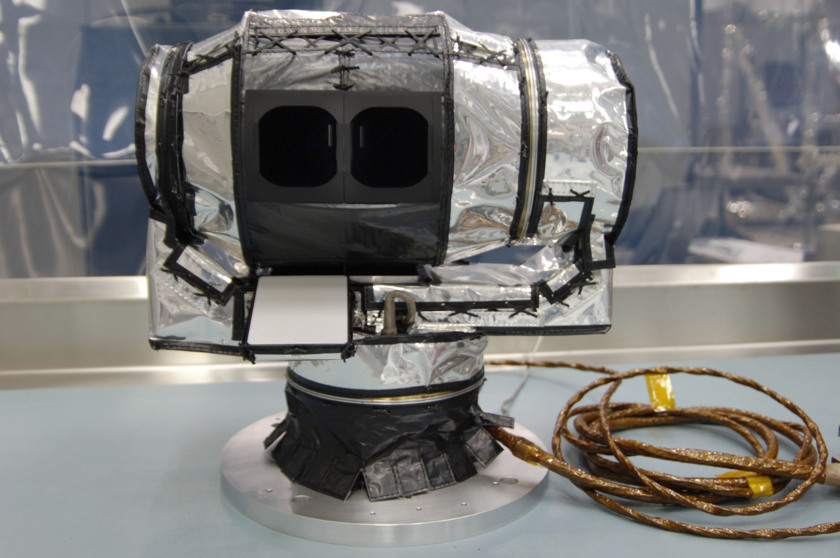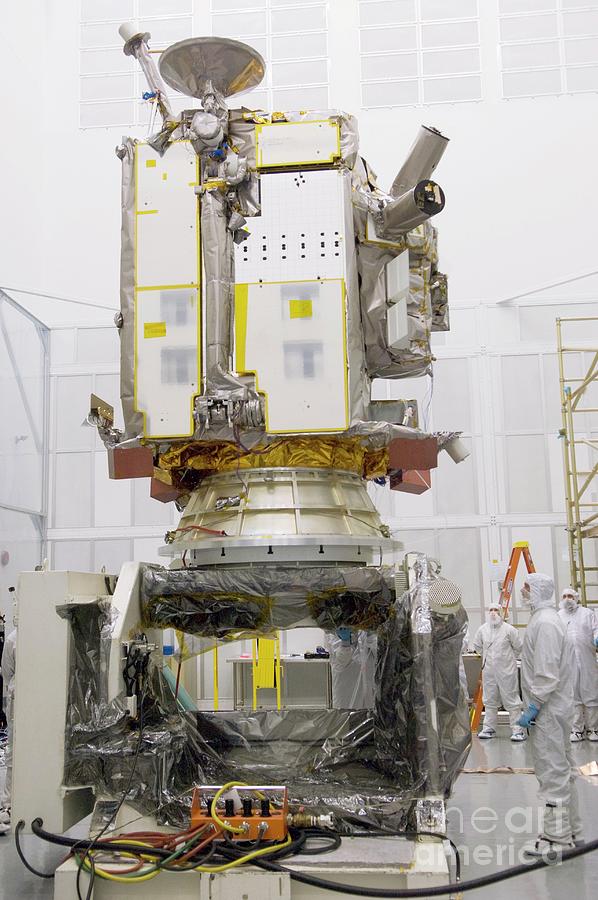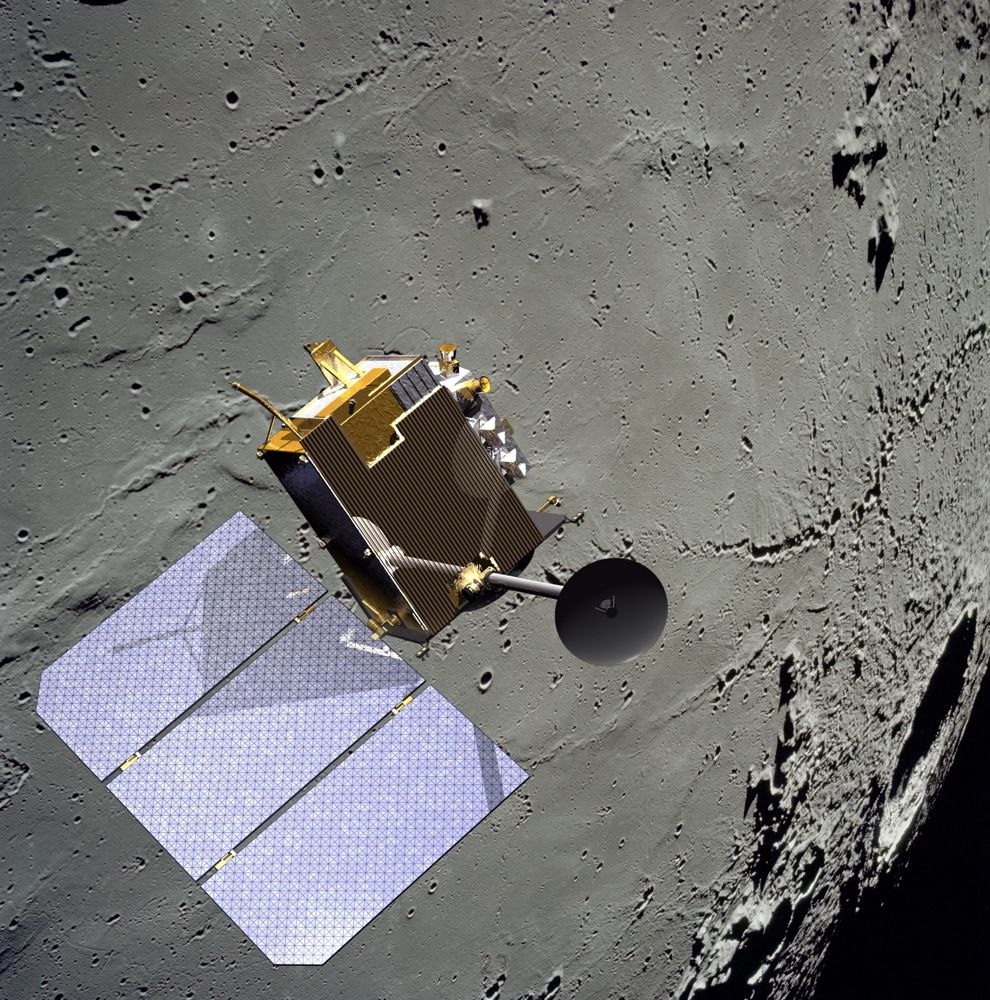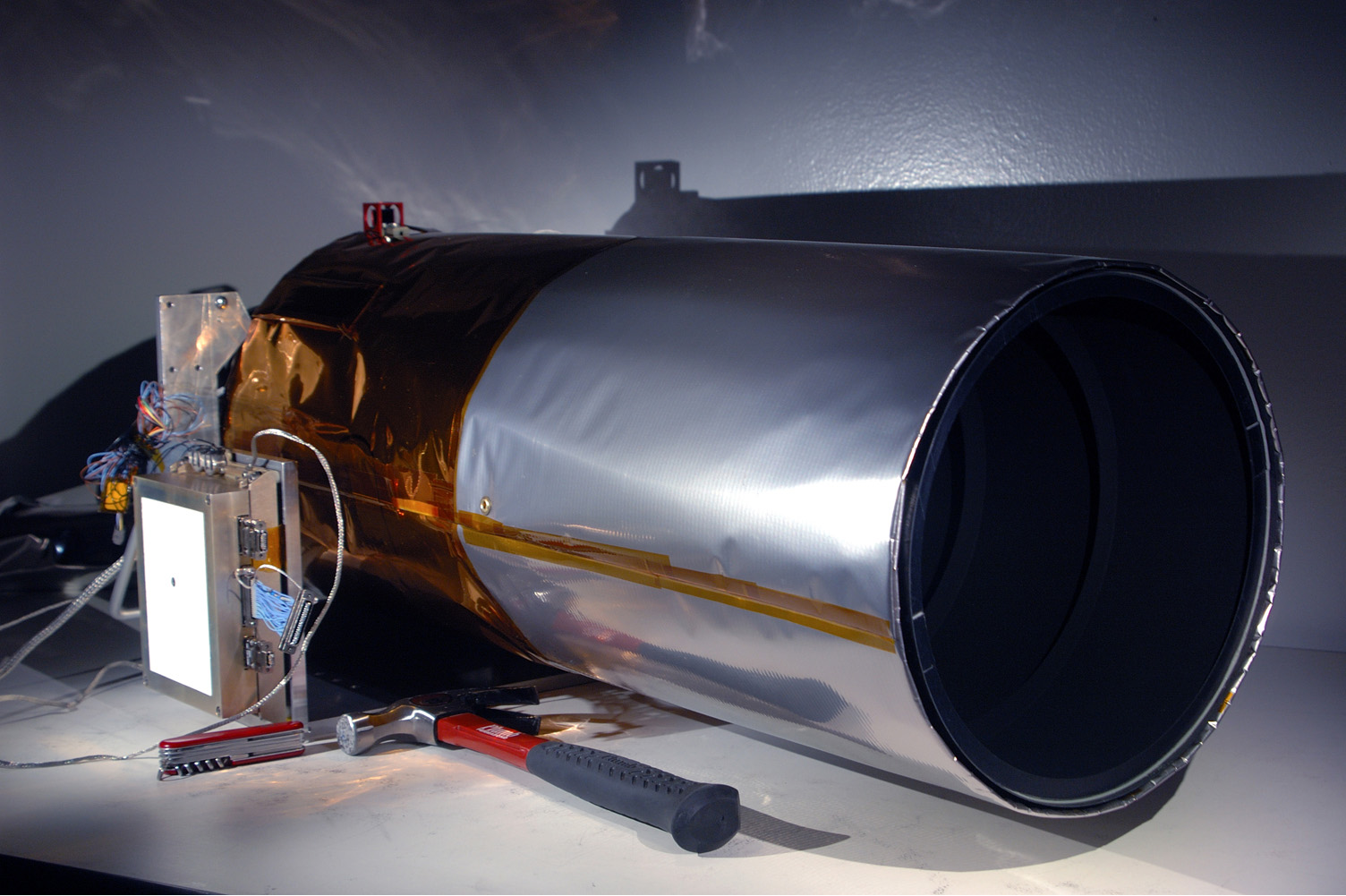
Īfter Apollo 8's momentous return, NASA technicians – not able to wait for normal film processing – drove four hours from Houston to Corpus Christi Texas to the family-owned R & R Photo Studio & Color Labs (later known as R & R PhotoTechnics) which at that time was the first and only place in South Texas with color photo processing equipment. Borman later recanted this story and agreed that the black and white shot was also taken by Anders, based on evidence presented by transcript and a video produced by NASA Goddard Space Flight Center Scientific Visualization Studio employee, Ernie Wright. : 212 The photograph reproduced is not the same image as the Anders photograph aside from the orientation, the cloud patterns differ. Borman noted that this was the image "the Postal Service used on a stamp, and few photographs have been more frequently reproduced". Anders took the first color shot, then Lovell who notes the setting (1/250th of a second at f/11), followed by Anders with another very similar shot ( AS08-14-2384).Ī black and white reproduction of Borman's image appeared in his 1988 autobiography, captioned, "One of the most famous pictures in photographic history – taken after I grabbed the camera away from Bill Anders".

The mission audio tape establishes several photographs were taken, on Borman's orders, with the enthusiastic concurrence of Jim Lovell and Anders. There were many images taken at that point. The photo is displayed here in its original orientation as seen by the crew of Apollo 8. Immediately prior, Anders had been photographing the lunar surface with a 250 mm lens the lens was subsequently used for the Earthrise images. The camera had a simple sighting ring rather than the standard reflex viewfinder and was loaded with a 70 mm film magazine containing custom Ektachrome film developed by Kodak. The photograph was taken from lunar orbit on December 24, 1968, 15:40 UTC, with a highly modified Hasselblad 500 EL with an electric drive. The land mass position and cloud patterns in this image are the same as those of the color photograph entitled Earthrise. Before Anders found a suitable 70 mm color film, mission commander Frank Borman took a black-and-white photograph of the scene, with the Earth's terminator touching the horizon. While these are magnificent in their own right, the main message is that LROC is nearly ready to begin its mission.The conversation between Frank Borman, Jim Lovell and William Anders, during the taking of the Earthrise photographĮarthrise was taken by astronaut William Anders during the Apollo 8 mission, the first crewed voyage to orbit the Moon. In reality, the area is similar to the region where the Apollo 16 astronauts safely explored in 1972.


“Because of the deep shadowing, subtle topography is exaggerated, suggesting a craggy and inhospitable surface. “Our first images were taken along the moon’s terminator - the dividing line between day and night - making us initially unsure of how they would turn out,” said LROC Principal Investigator Mark Robinson of Arizona State University in Tempe. And yes, it will be able to get clear photos of the Apollo gear left behind, which will no doubt send conspiracy idiots scrambling for more excuses. This satellite will orbit the moon at only 50 km and send back high resolution, 3D images of the lunar surface to map out potential landing sites.

NASA is gearing up for a trip back to the moon and the Lunar Reconnaissance Orbiter is one of the first steps.


 0 kommentar(er)
0 kommentar(er)
